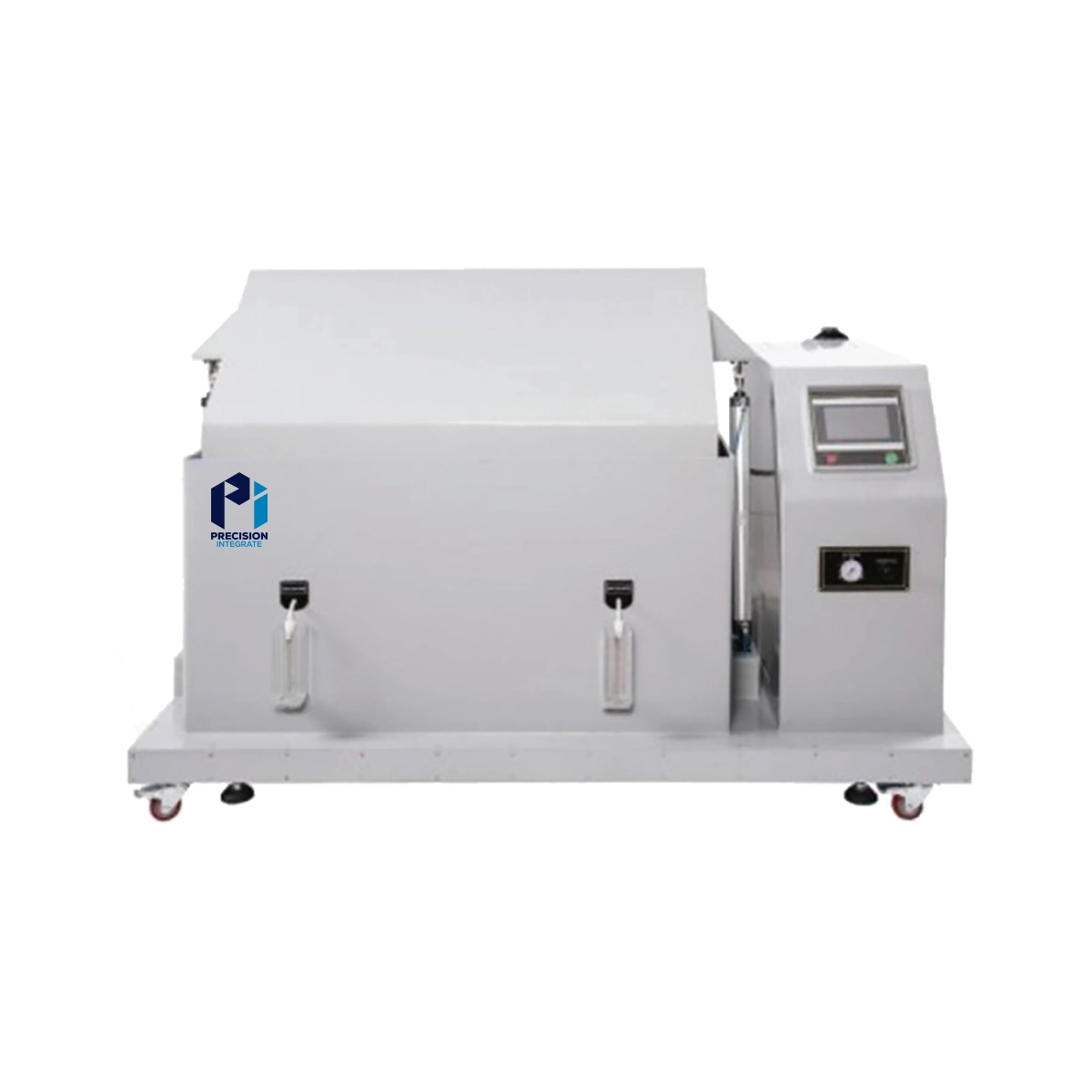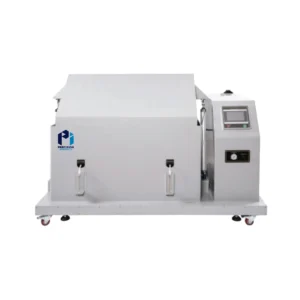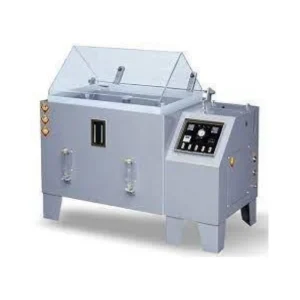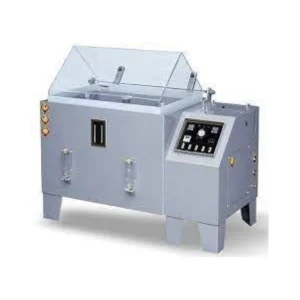Description
- FEATURE
- The artificial salt spray corrosion simulation environmental test is a method that uses a salt spray test chamber with
a certain volume space to artificially create a salt spray environment to assess the corrosion resistance performance
of various equipment and equipment components. It compensates for the shortcomings of natural environmental
exposure tests by increasing the concentration of chloride ions in the salt spray environment, greatly accelerating
the corrosion rate and shortening the time to obtain results. The artificial simulated salt spray environmental test
allows the corrosion resistance quality of the samples to be unaffected by natural environmental conditions, thus it
has developed rapidly and evolved from a single sodium chloride salt spray test to multiple types of tests. Common
salt spray chamber tests can be divided into four categories neutral salt spray test. acetic acid salt spray test,
copper accelerated acetic acid salt spray test, and altemating salt spray test. The salt spray environment can cause
adverse corrosion effects, electrical effects, and physical effects on products, temporarily or permanently reducing
their performance. Therefore, whenever products or equipment may be exposed to atmospheres with high salt
content, salt spray testing should be considered.
- The artificial salt spray corrosion simulation environmental test is a method that uses a salt spray test chamber with
- The typical destructive effects of the salt spray environment on products include the following three types:
- Corrosion effects:
- Corrosion caused by electrochemical reactions;
- Accelerated stress corrosion;
- Electrical effects:
- Salt deposits can cause damage to electrical equipment;
- Formation of conductive layers;
- Physical effects:
- Blockage or jamming of moving parts of mechanical components;
- Coating blistering due to electrolysis.
- Corrosion effects:
- MEET STANDARDS
- GB/T2423.17(EC60068-2-11), GB/T2423.18(IEC60068-2-52); GB/T10125, ISO 9227, ASTM B 117 JESD22
and corresponding tests in other series of standards.
- GB/T2423.17(EC60068-2-11), GB/T2423.18(IEC60068-2-52); GB/T10125, ISO 9227, ASTM B 117 JESD22




